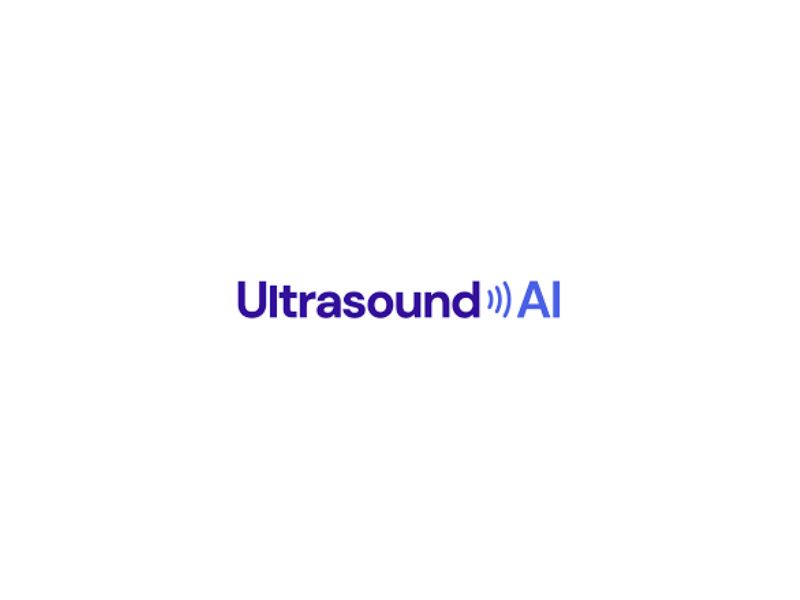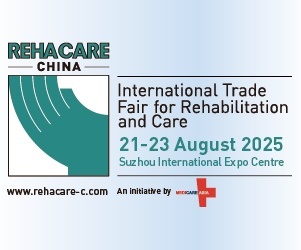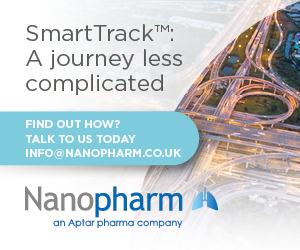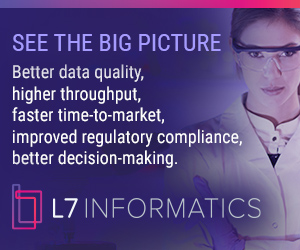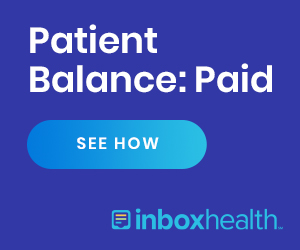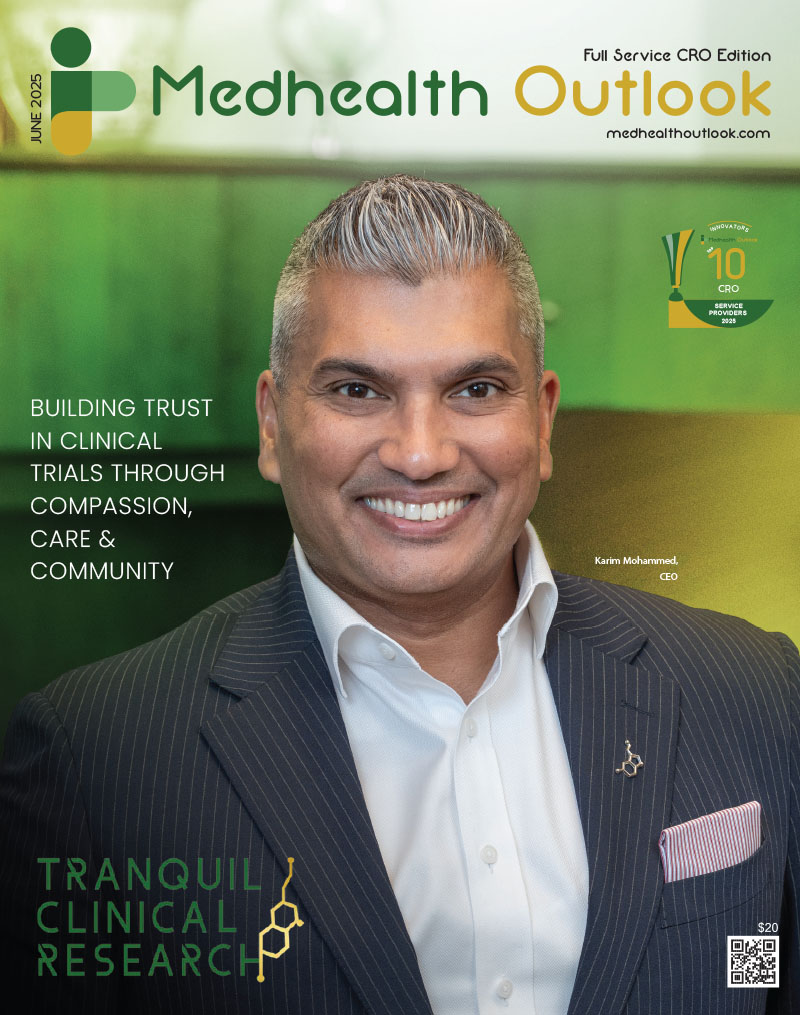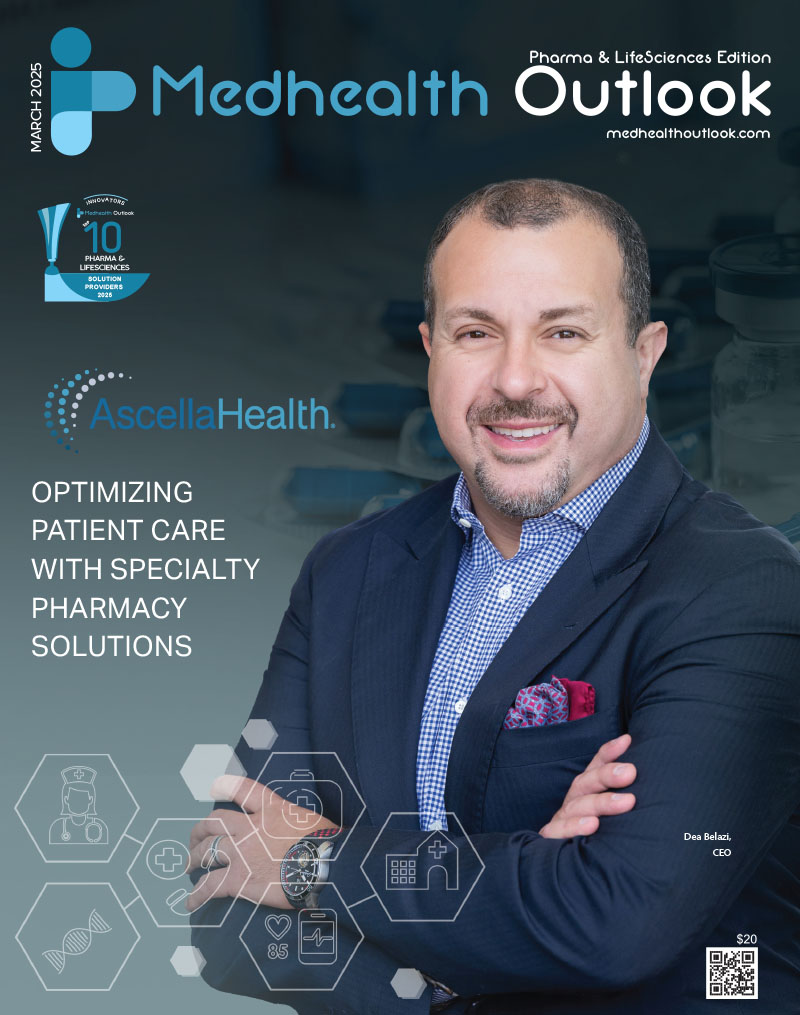Ultrasound AI, a pioneer in artificial intelligence applications for medical imaging, has officially published the results from its PAIR (Perinatal Artificial Intelligence in Ultrasound) study in The Journal of Maternal-Fetal & Neonatal Medicine.
According to certain reports, the stated study was performed in close collaboration with researchers at the University of Kentucky, and as for the results, they validate Ultrasound AI’s proprietary technology that more accurately predicts time to delivery using only standard ultrasound images. More on the given technology will reveal how it offers a non-invasive, efficient, and scalable tool for improving pregnancy outcomes, particularly in the fight against preterm birth.
To understand the significance of such a development, we must take into account how preterm birth is actually the leading cause of neonatal mortality globally, but having said so, its prediction remains a challenge to this day.
Against that, Ultrasound AI’s technology brings to your disposal a unique way of using existing ultrasound workflows, and at the same time, mandating no external inputs. Thanks to the underlying technology, the solution is able to deliver clinician-friendly decision support which can be deployed anywhere ultrasound imaging is available.
Markedly enough, the given AI software was developed and trained using de-identified ultrasound images from a cohort of women who delivered at the University of Kentucky from 2017 to 2021.
We also got to mention how the study in question was led by John M. O’Brien, MD, Division Director of Maternal-Fetal Medicine (MFM) at the University of Kentucky (UK); Garrett K. Lam, MD, MFM specialist and professor of Obstetrics and Gynecology at UK; and Neil B. Patel, MD, a MFM physician at Ascension Sacred Heart Pensacola,
“This is a major milestone for the field of maternal-fetal medicine and for Ultrasound AI,” said Robert Bunn, Founder and President of Ultrasound AI. “Our AI’s ability to accurately predict delivery timing–and learn and improve over time–has profound implications for both clinical practice and public health, especially in settings where early risk identification is critical and access to specialist care is limited.”
Talk about the published results on a slightly deeper level, we begin from the promise of improved prediction for preterm birth (PTB). This translates to how the deployed software banked upon the power of continuous learning to scale up its prediction performance for spontaneous PTB, increasing the R² from 0.48 for the first iteration (V1) to 0.72 for the fourth iteration (V4).
As AI can learn sequentially to better predict preterm birth, the prediction precision should only go up in the future.
Next up, the study went on to discover high accuracy in the context of delivery timing. Ultrasound AI’s software essentially achieved a an R², or accuracy measure, of 0.95 for term births and 0.92 for all births, thus correctly predicting the number of days until delivery based solely on ultrasound imagery.
Another detail worth a mention relates to the software’s robust and generalizable nature. You see, the stated research analyzed over 2 million ultrasound images across thousands of patients, something which enhanced its broad applicability. Not just that, the AI also performed consistently across all trimesters and patient demographics.
Hold on, we still have a couple of bits left to unpack, considering we haven’t yet touched upon the fact that, unlike traditional PTB risk assessment tools, the AI makes predictions without relying on clinical measurements, maternal history, or operator input.
Such a mechanism, like you can guess, really goes the distance to make it ideal for both high-resource and resource-limited settings.
Rounding up highlights would be the technology’s bid to leverage a combination of supervised and unsupervised learning, while simultaneously improving with every retraining cycle and every new image it analyzes.
“AI is reaching into the womb and helping us forecast the timing of birth, which we believe will lead to better prediction to help mothers across the world and provide a greater understanding why the smallest babies are born too soon. AI will eventually provide greater insights in how to target and prevent adverse pregnancy outcomes. This work is an important first step in the start of a powerful advance in technology for the field of Obstetrics,” said Dr. O’Brien.




